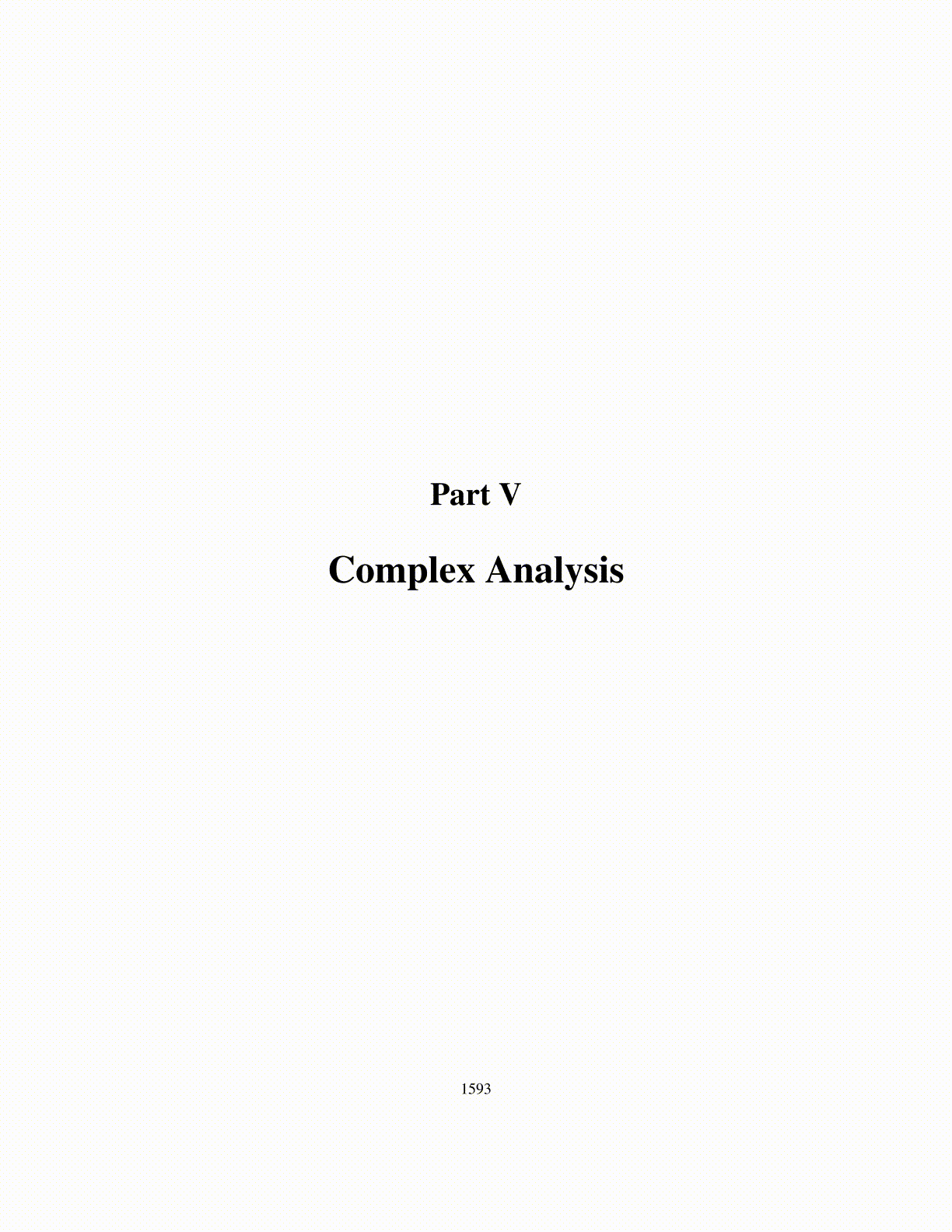
48.7. LIMIT CONDITIONS FOR NEMYTSKII OPERATORS 1593
Now define A1k = {(t,ω) : w1 (t,ω) ∈Uk (t,ω)} . Then let
A2k = {(t,ω) /∈ A1k : w2 (t,ω) ∈Uk (t,ω)}
andA3k =
{(t,ω) /∈ ∪2
i=1Aik : w3 (t,ω) ∈Uk (t,ω)}
and so forth. Any (t,ω) ∈ Sγ must be contained in one of these Ark for some r since if notso, there would not be a sequence wr (t,ω) converging to wt,ω ∈ A(u(t,ω) , t,ω). TheseArγ partition Sγ and each is measurable since the {zk (t,ω)} are measurable. Let
ŵk (t,ω)≡∞
∑r=1
XArk (t,ω)wr (t,ω)
Thus ŵk (t,ω) is in Uk (t,ω) for all (t,ω) ∈ Sγ and equals exactly one of the wm (t,ω) ∈G(t,ω).
Also, by construction, the ŵk (·, ·) are bounded in L∞(Sγ ;V ′
). Therefore, there is a sub-
sequence of these, still called ŵk which converges weakly to a function w in L2(Sγ ;V ′
).
Thus w is a weak limit point of co(∪∞
j=kŵ j
)for each k. Therefore, in the open ball
B(w, 1
k
)⊆ L2
(Sγ ;V ′
)with respect to the strong topology, there is a convex combination
∑∞j=k c jkŵ j (the c jk add to 1 and only finitely many are nonzero). Since G(t,ω) is convex
and closed, this convex combination is in G(t,ω). Off a set of P measure zero, we canassume this convergence of ∑
∞j=k c jkŵ j as k→ ∞ happens pointwise a.e. for a suitable
subsequence. However,
∞
∑j=k
c jkŵ j (t,ω) ∈Uk (t,ω)⊆ A(u(t,ω) , t,ω)+B(
0,2k
).
Thus w(t,ω) ∈ A(u(t,ω) , t,ω) a.e. (t,ω) because A(u(t,ω) , t,ω) is a closed set. Sincew is the pointwise limit of measurable functions off a set of measure zero, it can be as-sumed measurable and for a.e. (t,ω), w(t,ω) ∈ A(u(t,ω) , t,ω)∩G(t,ω). Now denotethis measurable function wn. Then
wn (t,ω) ∈ A(u(t,ω) , t,ω) ,⟨wn (t,ω) ,u(t,ω)− y(t,ω)⟩ ≤ α (t,ω)+1n
a.e. (t,ω)
These wn (t,ω) are bounded for each (t,ω) off a set of measure zero and so by Lemma48.7.1, there is a P measurable function (t,ω)→ z(t,ω) and a subsequence which satisfieswn(t,ω) (t,ω)→ z(t,ω) weakly as n(t,ω)→∞. Now A(u(t,ω) , t,ω) is closed and convex,and wn(t,ω) (t,ω) is in A(u(t,ω) , t,ω) , and so z(t,ω) ∈ A(u(t,ω) , t,ω) and
⟨z(t,ω) ,u(t,ω)− y(t,ω)⟩ ≤ α (t,ω) = lim infk→∞⟨znk (t,ω) ,unk (t,ω)− y(t,ω)⟩ (**)
Therefore, t → F (t,ω) has a measurable selection on Sγ excluding a set of measure zero,namely z(t,ω) which will be called zγ (t,ω) in what follows.
Then F (t,ω) has a measurable selection on [0,T ]×Ω other than a set of measurezero. To see this, enlarge Σ to include the exceptional sets of measure zero in the above